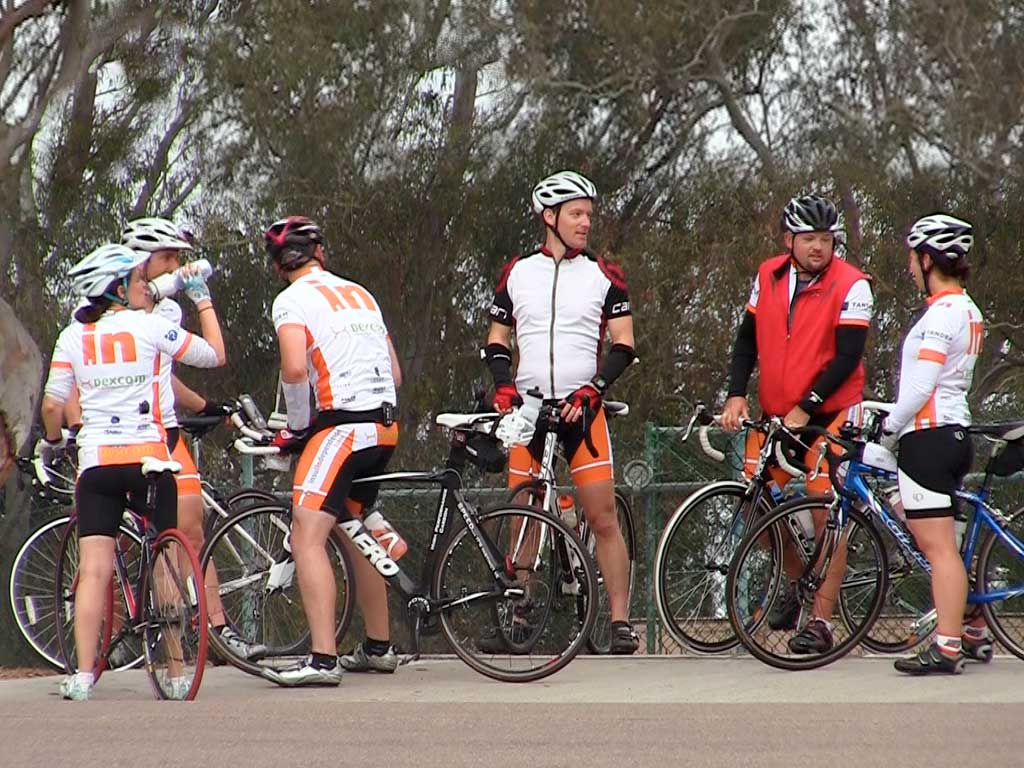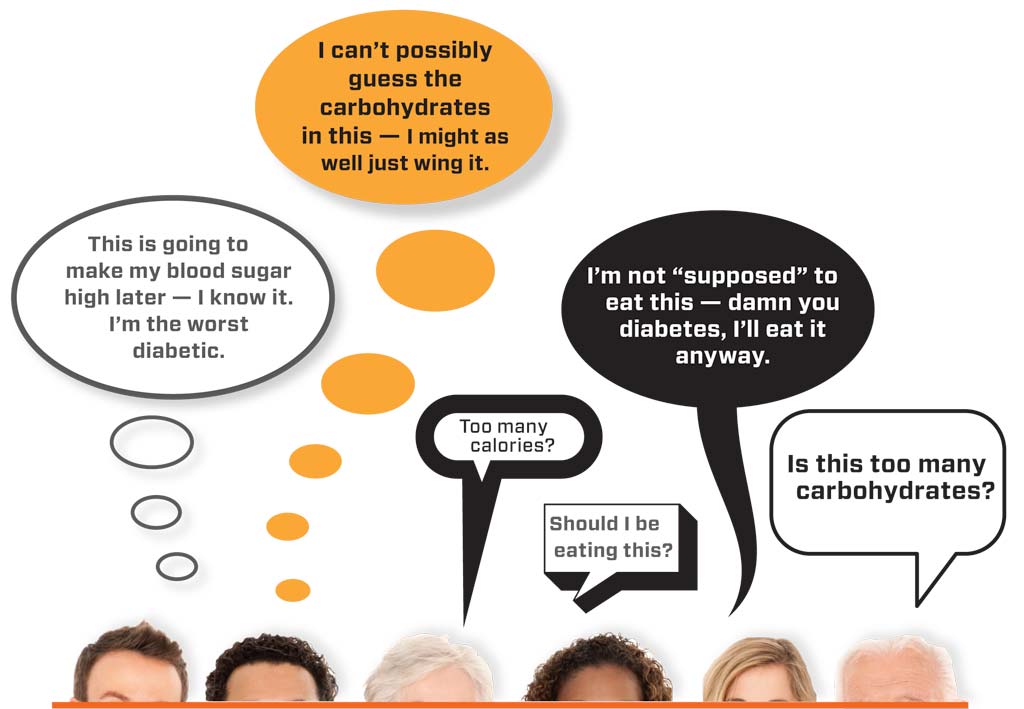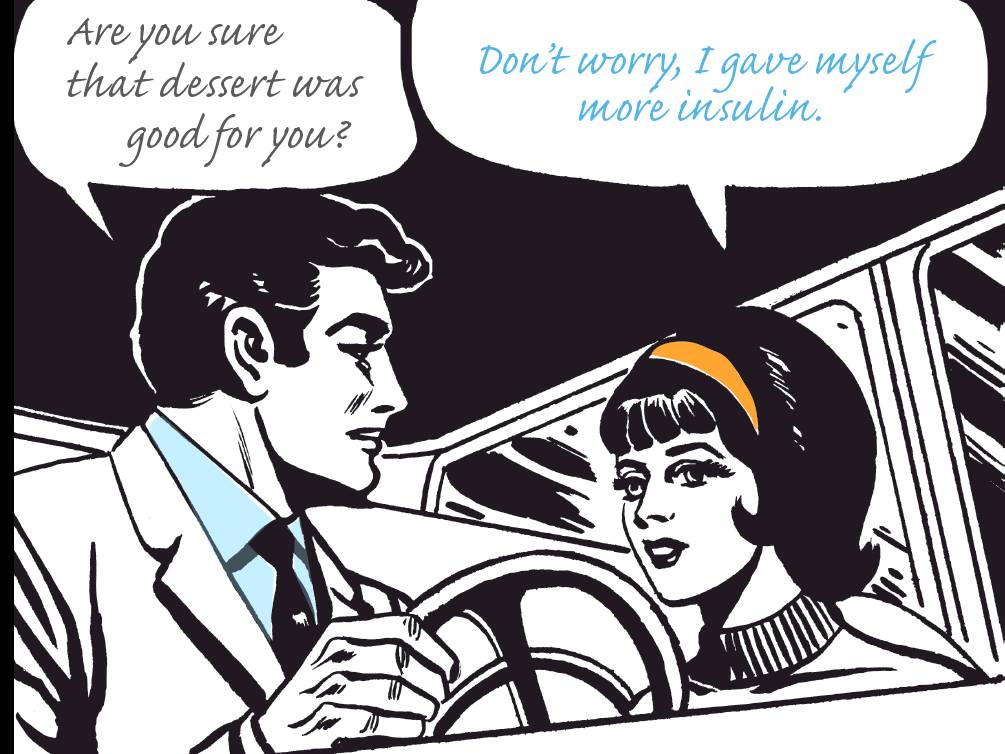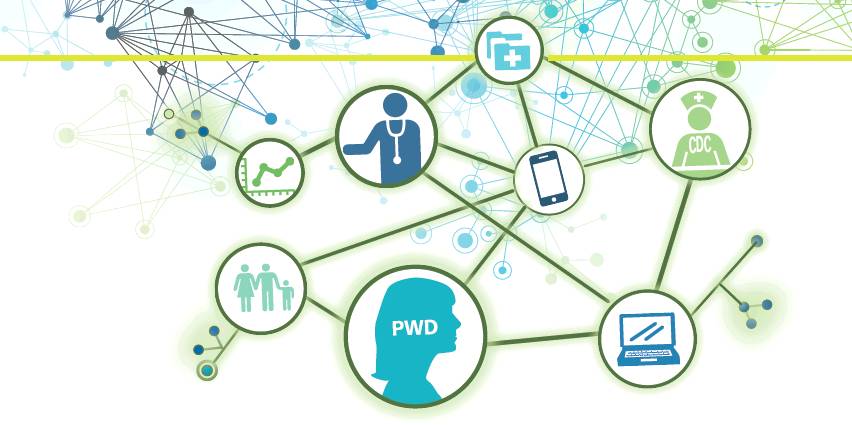Why I Celebrate the Anniversary of My T1D Diagnosis
My 'Donut Day' is a way of mourning the person I used to be; it can be helpful for people suffering from chronic illness to mourn
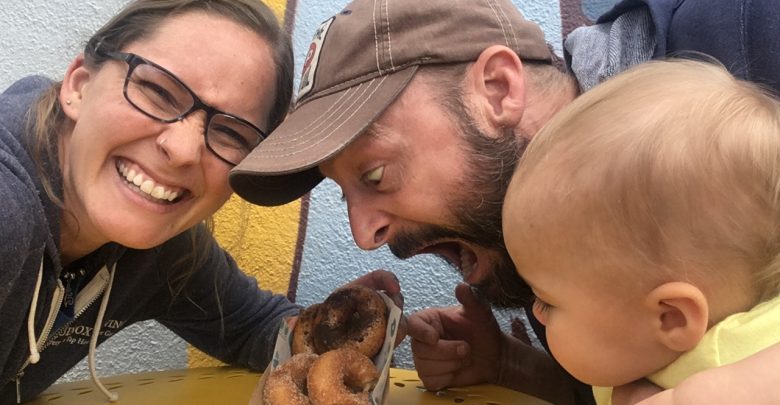
In my house, April 6th is known as Donut Day. It’s considered a true holiday, right up there with Valentine’s and Mother’s Day. The date doesn’t require any special decorations or costumes. Or even gifts. What it does require is a good donut, a hot cup of coffee, and a moment to reflect.
You see, on April 6, 2009, I was admitted to the hospital with a blood sugar of 599. My A1C was 13. Of course, at the time I had no idea what any of that meant. What I did know, is I had been sick for six weeks. I was perpetually starving and eating twice my body weight in food every meal. But I was losing weight, about four pounds a week near the end. My eyesight had changed, and I was using glasses and contacts for the first time in my life. And worst of all, I was thirsty. ALL THE TIME. I couldn’t sit through a movie in the theatre without making multiple trips to the water fountain (I was a college kid, so buying a five-dollar bottle of water was out of the question). I was waking up in the middle of the night to guzzle water, just to wake up again ten minutes later to pee it all out.
I was miserable.
But what I didn’t realize at the time, was all that misery served a purpose. See, if I had walked into that hospital a healthy, vibrant twenty-year-old and someone told me I would be living the rest of my life stabbing myself with needles, depriving myself of sugary-sweet fat-filled deserts, and being afraid to travel abroad or even go camping… I would have lost it. I would have broken down crying and whining about how unfair it was that my freedom and spontaneity was being taken from me.
Instead, I entered that hospital as someone who had been miserable for weeks. I had talked to a couple of doctors, but they weren’t any help. I had tried different remedies, but the symptoms only got worse. It wasn’t until I visited my parents one weekend that things got serious. My mom immediately noticed how thin I was. I hadn’t seen it because it seemed impossible given how much I was eating (I once baked cupcakes for my roommate and ate all but four before she got home from class). And I just figured the scale at my gym was broken.
A search on WebMD told my mom and I all we needed to know. I either had diabetes or a tapeworm, and the former seemed much more likely.
When doctors at the hospital confirmed that diagnosis, I didn’t feel overly emotional. I didn’t scream and cry about how unfair it all was. I just felt relieved.
Finally, all that misery would end.
I had stayed two nights in the ICU, had multiple appointments with an endocrinologist, and had settled into a routine of finger sticks and insulin pen doses before it all sank in. In fact, it wasn’t until a graduation party for a friend that I shed my first tear about my diagnosis. There was a buffet of amazing food—fat-filled, sugar-coated, decadent treats—and I couldn’t have it. Not in the quantities I wanted. Not in the free, uncalculated, uncaring way that I used to. I broke down in the bathroom at the party.
At some point in my diagnosis journey, I had read that it can be helpful for people suffering from chronic illness to mourn the person they used to be. That it can be healthy to recognize that the old them is dead and gone. After the graduation party, I spent a lot of time considering that philosophy.
As a diabetic, it can be dangerous thinking too much about your old life, or even the life that a normal person gets to lead. It’s dangerous because it’s too easy to step away from diabetes and pretend that you are still that person. If you stop the blood sugar monitoring and the injections, there is a moment where you do feel normal. Where you are just another person in charge of their own life. But eventually, that moment ends, and often not well.
If you mourn your old life, if you bury that person and make your peace with their passing, you don’t give yourself the option to go back. For me, saying goodbye to my old life was me owning the new life I had to lead. If I wanted to live it my way, I had to yield to the rules of the game. I had to take care of myself. I had to eat and medicate to control my blood sugars. And I had to pass over tasty treats at the buffet and restrict and carb-count carefully when I did indulge. This was my new life. I had to accept it.
But in my family, we have never mourned the traditional way. When we lose someone, we celebrate them with food, drink, stories, and laughter. We honor their life with joy.
Donut Day is how I honor my old life. I take a moment to remember the old me, so naïve and carefree. I eat a donut because it was one of the old me’s most favorite treats. And something I don’t often let the new me waste insulin on.
I don’t know if letting the old you die is something that would work for everyone. But I know in my case, it has allowed me to focus on the future instead of dwelling on the past. I don’t blame the diabetics who kick and scream and cry when they hear what their new life will be like. The fact is, it is unfair, and it is painful. If I ever feel those feelings welling up inside of me, I hold them in. And every year on April 6th, I release them with tears and laughter.
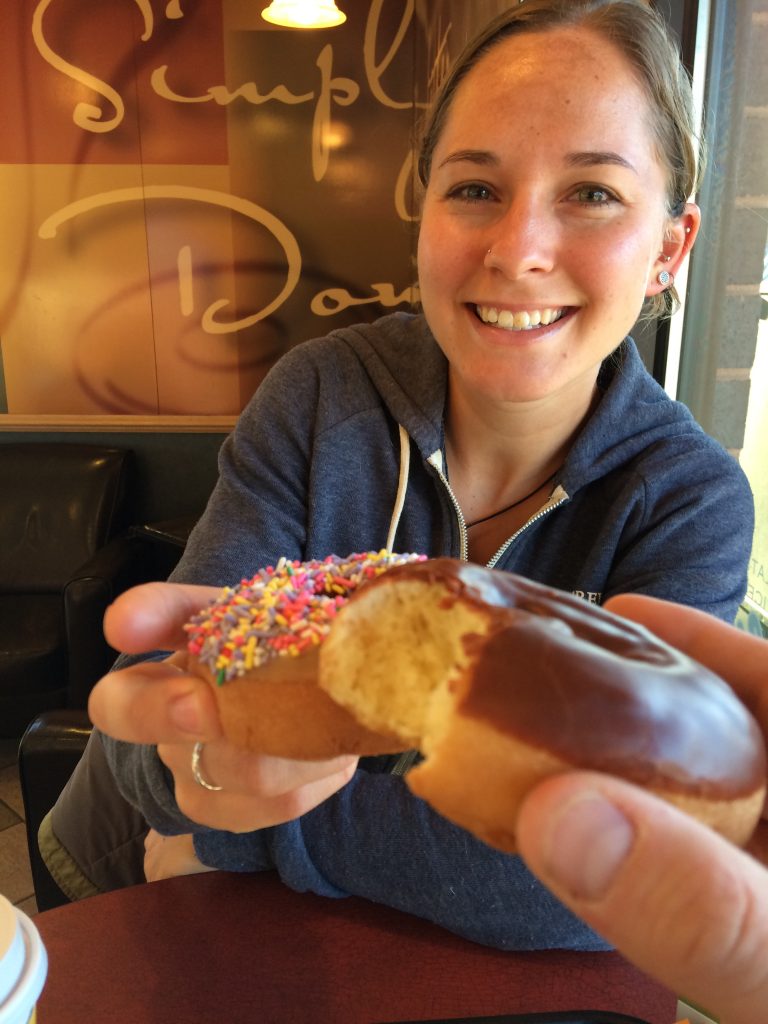
Then wash the bitter taste from my mouth with a chocolate glaze. Extra sprinkles.

